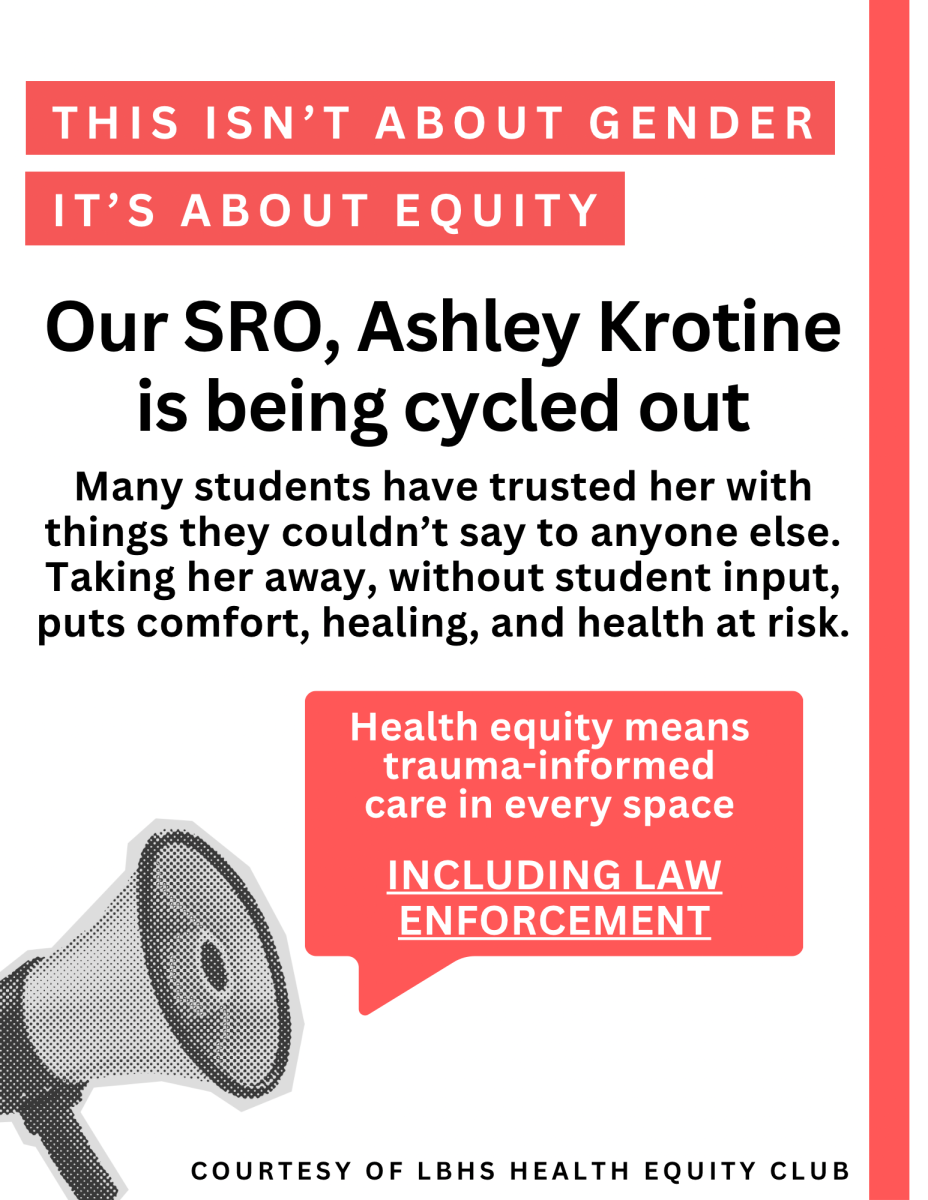Dorothy Pitman Hughes’ street-level activism in New York in the early 1970s, the first years of the women’s movement, helped to inject issues of race, class, and motherhood into turbulent debates about feminism and equality. Ms. Pitman Hughes is perhaps best known for a 1971 photograph where she stands alongside her close friend Gloria Steinem, their right fists raised in solidarity. Although the two came to feminism from contrasting areas- Hughes from community activism and Steinem from political journalism — the pair formed a powerful partnership. In the 1970s, they toured the country. This was when feminism was still seen as majority white and middle-class, a divide dating back to the very origins of the American women’s movement. Steinem largely credited Hughes with helping her become comfortable speaking in public, this being a huge aspect of Steinem’s succes. Their friendship lasted a lifetime.
When Hughes was 10, her father was violently attacked by the Ku Klux Klan. The attack plagued their family but awakened Dorothy’s innate sense of justice; since then, Dorothy knew her path. In 1957, she first came to New York with hopes of escaping the racial violence she faced in Georgia her whole life. Pitman Hughes worked as a domestic worker for white families and sang in nightclubs, all while working in the Congress of Racial Equality.
In the ’60s, she began running a daycare in her home, which caught momentum in the community and eventually moved to West 80th Street. For twenty years, the West Side Community Alliance of New York provided needed childcare and functioned as a community center for mothers. At a moment when childcare was being debated in Congress and community control was being so heavily debated in the foreground of NYC, Pitman Hughes’s Alliance functioned as a programmatic and political site.
In the year 2000, Pitman Hughes wrote and published her book, “Wake Up and Smell the Dollars! Whose Inner-City is This Anyway!” Which criticized the dwindled economic opportunities in black communities, especially for women. The book follows a black woman’s struggle against racism, sexism, classism, gentrification, and the empowerment zone while focusing on the entrepreneurial women in Harlem. It acted as a memoir, a call to action, and a how-to for businesswomen subject to the same systemic oppression she faced. The book led countless woman to start their own businesses and catapulted Harlem’s community toward economic empowerment.
Dorothy’s community activism brought relief to countless mothers and families. Her commitment to peace-making became unmistakable, and she was soon recognized as one of the greatest feminists of an era. Today, however, her name is unfamiliar to the newer generations. Hopefully, her contributions will soon be recognized by the masses, and Dorothy Pitman Hughes will get the appreciation and recognition she so deserves.














